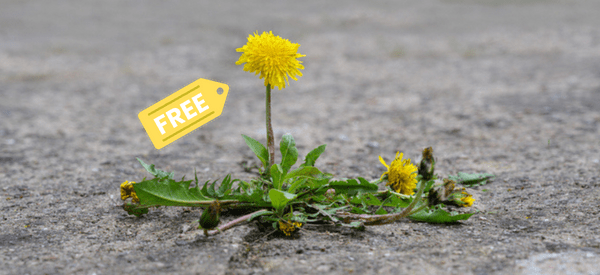
Where to Forage for Free in Your City
Foraging is a great hobby for anyone young or older. Foraging can be an adventure no matter where you are in the world. Forests, farmland, and even urban areas can be great places to find your nature-made treats! The most important part isn’t just making sure you know what is safe to eat and what’s not.
As the saying goes “One person can ruin it for everyone.” Breaking the law or foraging on private property can put you and your fellow foragers in danger. Many don’t know where safe and free places are to forage especially if you move from a small rural community to a big city or suburbia!
That’s why we’ve put together this list for those looking to learn to be safe and forage for free:
Be a friendly forager
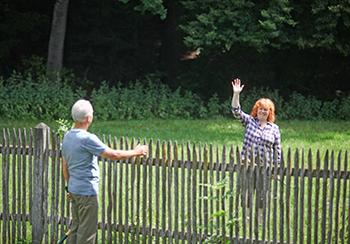
When I first started foraging I lived in a small rural town. I learned the first rule of foraging for free. ALWAYS ASK FIRST. You can’t forage on private property without asking first. While this can be an intimidating task it can open up so many free possibilities for foraging and friendship. Whether it’s farmland, forest on acreage, or a neighbor who has an overgrown backyard always ask for permission!
If they say yes you can collect a nice bounty. It is considered a courtesy if foraging on someone else property to gift them with some of your finds.
What if they say no? In most instances, it means you’re out of luck, but there are easements. The simplest easement definition is that an easement gives a person or entity the right to access property that’s owned by someone else for a limited and specific purpose. This includes foraging.
There are two types of easements, the one we already know and a Grasslands Preserve easement. Both can be foraged on but a Grassland Preserve has to be left untouched by development, meaning you’ll have more variety to work with when foraging. When you drive by a large field and there is a random patch of land in the middle, that’s a Grassland Preserve easement.
Be sustainable
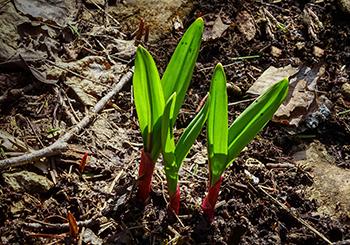
It is not a good idea to take more than 25%-50% of anything, with few exceptions.
Learn how to harvest plants sustainably by understanding their reproductive patterns. Taking invasive species is fair game and you can take as much as you want;
Ramps and white sage, on the other hand, are critically over-harvested each year.
Never take the only plant you see, and never take the “mother” or biggest plant in the middle. When picking fruits and berries, leave some behind for other foragers and animals.
Take a splash
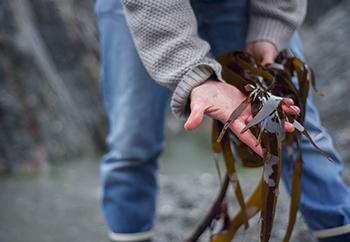 You can also forage along public waterways. What do I mean by this? Well, all waterways are considered owned by the government but that doesn’t always include surrounding land.
You can also forage along public waterways. What do I mean by this? Well, all waterways are considered owned by the government but that doesn’t always include surrounding land.
If it’s a small creek nameless than the land on both banks belong to the landowner meaning you need permission to forage there.
While public waterways (Muddy Creek in Ohio or Mad River) you can forage along the banks and a few feet up from there. (Depending on your state)
Speaking of waterways, what if your city is right along the beach? As long as there are no signs they are free for the picking. This can include cottontails, seaweed, and any other water-loving plants that are begging to be made into something scrumptious.
Big cities still have nature
When I moved to suburbia, I was clueless. I didn’t have any of my normal connections to foraging private properties or knew of any good spots. Just because I’m in the suburbs that doesn’t mean I can’t forage.
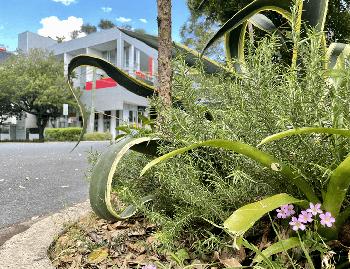
You can forage for free and without any permit in your local city parks. Unless there is a sign (i.e. do not leave the trail) stating otherwise you can forage on city bike trails as well.
You can forage things like raspberries and honeysuckles off bike trails. I even found the best morel spot in my city’s park!
One of the downsides of foraging in a park or public trails is that sometimes yummy forest treats have already been picked since it’s such a well-trafficked area. Raspberries and Mulberries are usually the first picked over since they are the most recognizable for people who don’t actively forage.
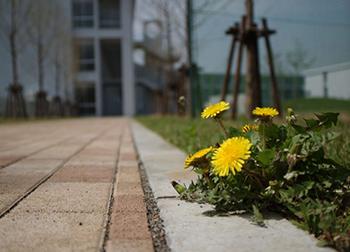
You can also forage for free at any city-owned buildings and parking lots. That dandelion climbing through the concrete to the sky is free for you to pluck.
While there might be some goodies that passersby miss, most cities spray their land. Which can leave toxins on the plant so it’s not always worth the risk.
Not all city buildings are sprayed though.
What owned by the city is for sure not sprayed? Abandon houses, foreclosures, and abandoned lots. In my city, we have a completely abandoned shopping mall. While there is a “No Trespassing” sign on the door that doesn’t include the whole lot, only the building itself. It’s amazing how quickly mother nature will take back the land. It’s abundant with raspberries and mulberries growing out of what used to be a small courtyard. Wildflowers speckled along broken asphalt. An abandoned house may have Japanese knotweed overtaking the backyard. The possibilities are endless.
No foraging here
 I would be remiss if I didn’t warn you of places you can’t hunt for free or legally. You can’t hunt in nature preserves or natural areas. You can’t forage in state parks without a permit which can be twenty dollars or more depending on your state.
I would be remiss if I didn’t warn you of places you can’t hunt for free or legally. You can’t hunt in nature preserves or natural areas. You can’t forage in state parks without a permit which can be twenty dollars or more depending on your state.
Although some states like Ohio you can harvest wild mushrooms in state parks or Michigan where you can collect berries and nuts but not plant material.
National parks are normally a big N.O. for foraging. If you are collecting foragables for your restaurant I’m sorry to tell you but you need a permit for that too. Remember to always check your state laws and your municipality codes before foraging. You don’t want those berries you pick to come along with a fine.
The Falling Fruit Map
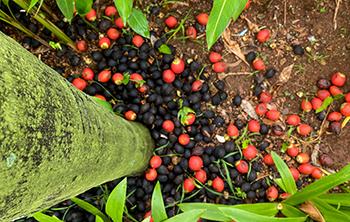
We’ve discovered a map that helps you find fruits in your neighborhood that might otherwise rot on the ground. It is not the only one, but Falling Fruit’s goal is to be the most comprehensive map of its kind. Its strength (and potentially its weakness) is that anyone can add information to the map. This allows more data to be added, but it also means that you must verify that the fruit is truly on offer and not added to the site by a passerby with no permission from the owner.
I live in a densely populated area, so I wasn’t sure that the map would have much to offer me. When I typed in my home address, though, I immediately found a loquat tree and several mulberry trees in my neighborhood, with many others within an easy drive of my home.
Try it for yourself at Falling Fruit. I recommend typing in your zip code or city first, then your actual address. You’ll be able to quickly see whether any fruit is free for the taking in your neighborhood. And don’t forget to add those addresses where you see fruit on the ground going unused. Let’s do all we can to reduce food waste. There are also many small websites and maps that cover specific local neighborhoods. You can find these with a simple search on the internet.
Whether you’re new to foraging or not, the world is ripe for the picking. Returning to nature to source some of your food is such a beautiful thing. I hope this article has given you some direction on where to start in your city. Make new friends in your town by asking to forage on their property. Go exploring the abandoned mall parking lot. Urban or rural the world is the foragers oyster!
We hope this article was helpful, ask questions in the comments, I’m more than happy to answer them. And don’t forget to tell us in the comments your favorite places to forage in your city.
You may also like:
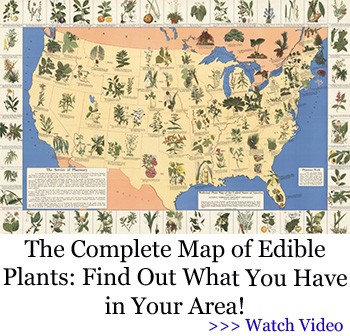 Foraging Calendar: What To Forage In August
Foraging Calendar: What To Forage In August
How to Make A Self-Sufficient Backyard on 1/4 of an Acre (Video)
The $200 A Pound Mushroom You Should Forage For Profit
People Weed Out These Plants, But Here’s What You Should Do Instead









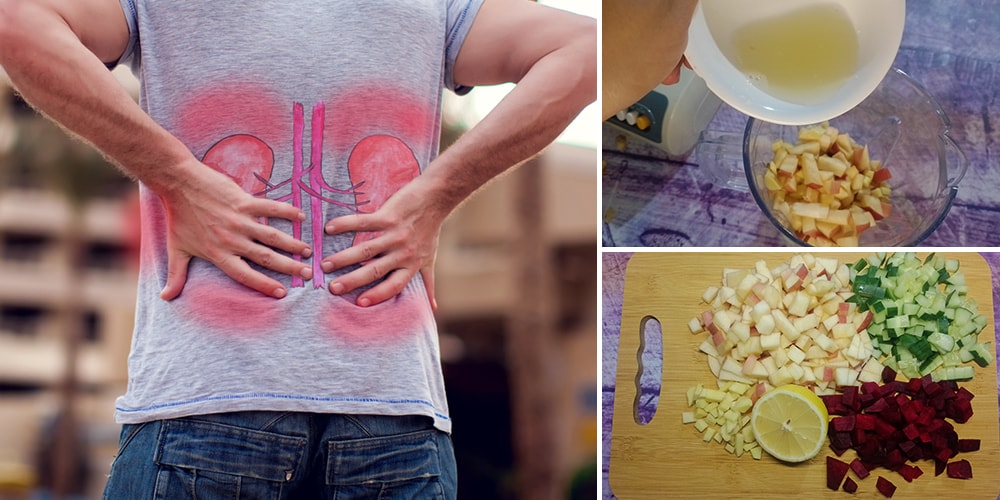
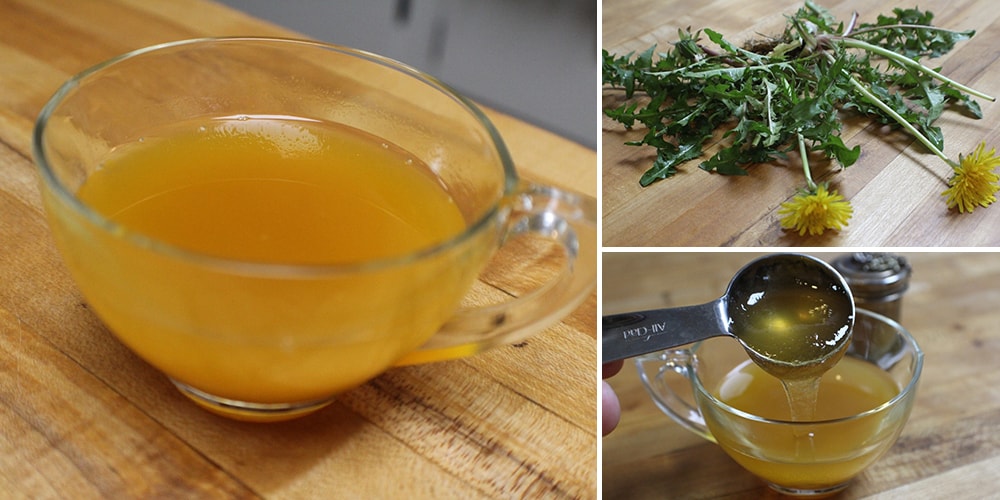
I never foraged before. But I might try it. I’m not that close to the shore but I think that I might try it at the beach. I’m over an hour away but maybe I can find something good. I’ll give it a try and add some comments on what I find.
Live in Joshua, TX 76058, Johnson county–would like info where to forage in my neighborhood “Littlebrook Estates”
This is freakin’ awesome! Thanks for posting Falling Fruits!!
I’ve been in the East Bay area of San Francisco and my favorite is cactus and Purslane and apricots and lemons and you name fruit wise. People let oranges just fall off their trees here. Waste. Avocado’s on trees going to waste. These things ain’t cheap in stores and people let them fall and rot. Sad.
Prior to moving away, I would forage at the local elementary school (when classes were not in session!). It was the school I attended as a child so I felt like I could. Anyway, I never had any problems besides an occasional passerby who felt the need to “warn” me that eating things from nature was “dangerous”. Haha! There were unmaintained border areas where berry bushes had sprouted and plenty of weeds like dandelions, plantains, and garlic mustard grew. I picked violet flowers and wild roses there too. Perhaps the security cameras had seen me wandering around there for years or I just seemed non threatening (I did stick to evenings, weekends, and summer vacation to avoid children). Don’t know who I would’ve asked for permission anyway. Another tip is to appear confident like you’re supposed to be picking those berries or dandelions. Looking nervous and suspicious leads to people thinking you’re a criminal. I once knew a guy who would prune branches from city cherry trees so he could use the petals. He’d do it so confidently in broad daylight everyone assumed he was a city employee. He said he was doing the city a favor by pruning for free. Just don’t go into people’s yards without asking or gather from National/state parks without permits like the article said.
When I visited New Zealand in 2005, it was common to see baskets of persimmons next to driveways. There was usually a box or a bucket for donations nearby, and the general rule was if you took fruit it’s advised to leave a $1 or $2 coin as compensation, though of course it’s not regulated because there was almost never anyone watching–and if there was it was usually because they were leaving the property. I love that idea and would be happy if it were to catch on in the US, though it’s not likely because Americans tend to be less trusting/trustworthy.
I’m in the United Kingdom what can I look for please?